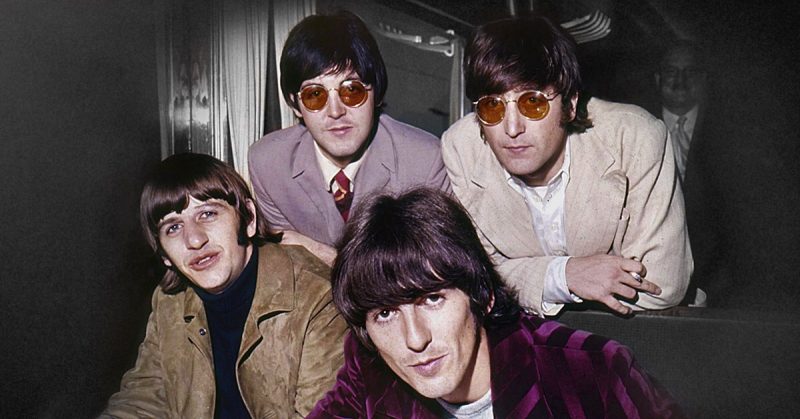In 1963, the official “Beatlemania” took hold and all of a sudden, four unknown guys from Liverpool became international pop stars, filling up stadiums and rocking the media with their liberal opinions on long hair, while opening a new surge of British bands into the vast American market.
Even though the band’s success was growing with each new release, in 1965 their audience experienced a significant change in both their sound and their appearance.
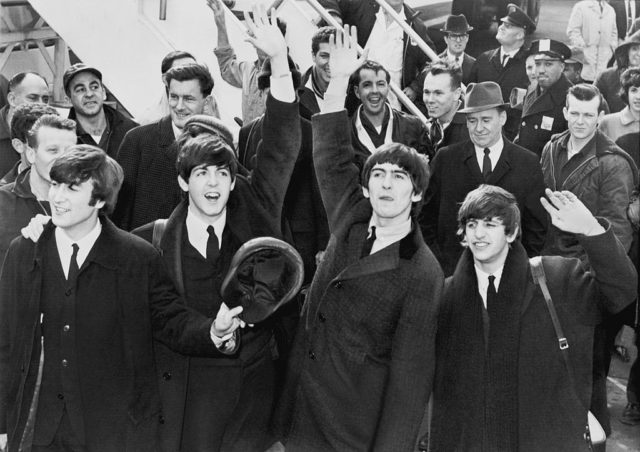
In December 1965, the Beatles released an album titled Rubber Soul, which was referred by Lennon as the band’s “pot album,” due to its more introspective lyrics and mesmerizing guitars, as well as reflecting the band’s use of cannabis.
Having been introduced to the drug by Bob Dylan, the Beatles were becoming a true voice of the generation regarding issues such as the emerging hippie counterculture and the Vietnam War.
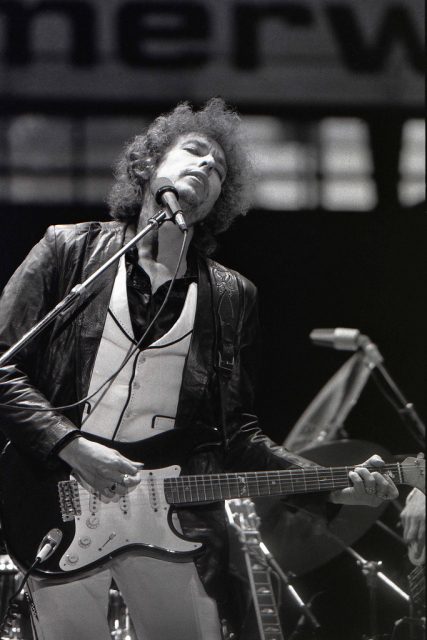
Even though Rubber Soul represented a significant step in the band’s development, it was not until one fateful night that their careers would take an unexpected turn.
It was at a friendly dinner to which John Lennon and George Harrison were invited together with their then-spouses. The event was hosted by a respectable London dentist John Riley and his girlfriend, Cyndy Bury.
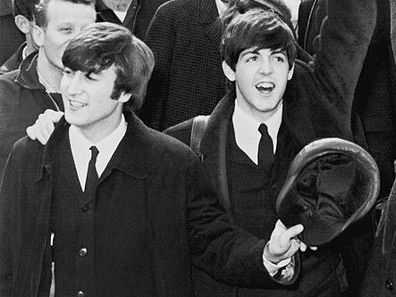
After their meal, Riley insisted that the guests stay for a cup of coffee. Little did they know that the coffee was actually spiked with LSD ― a powerful hallucinogen which was becoming more and more popular among hippie youth, sworn to experiment with any mind-altering substance they could get their hands on.
When Riley announced that they had ingested LSD, George, John and their wives, Patty and Cynthia, protested against his decision to slip them the drug without prior notice. What followed was an episode of LSD-induced paranoia, which would change the two Beatles forever.
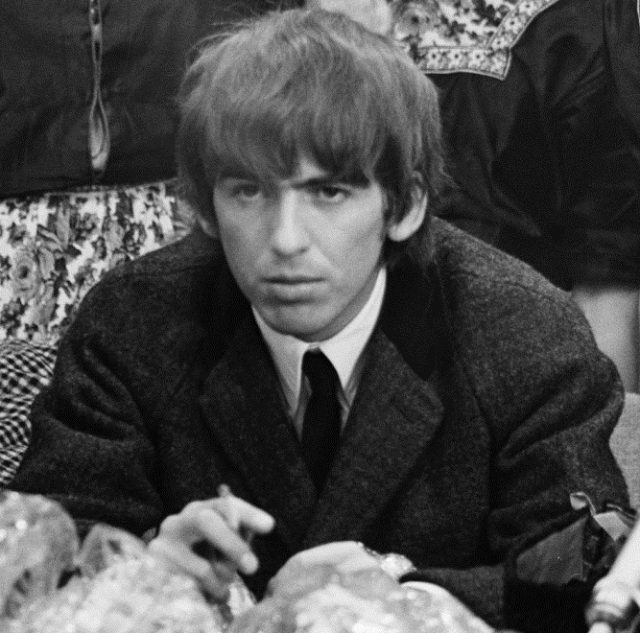
Lennon later recalled the incident, describing a scene at Harrison’s Esher residence, just outside London:
“God, it was just terrifying, but it was fantastic. George’s house seemed to be just like a big submarine… It seemed to float above his wall, which was 18 foot, and I was driving it. I did some drawings at the time, of four faces saying, ‘We all agree with you.’ I was pretty stoned for a month or two.”
According to later interviews, George wasn’t far off from John’s point of view. The two agreed that they had to repeat the experience with the rest of the band, despite both having mixed feelings about the effects that the drug had on them.
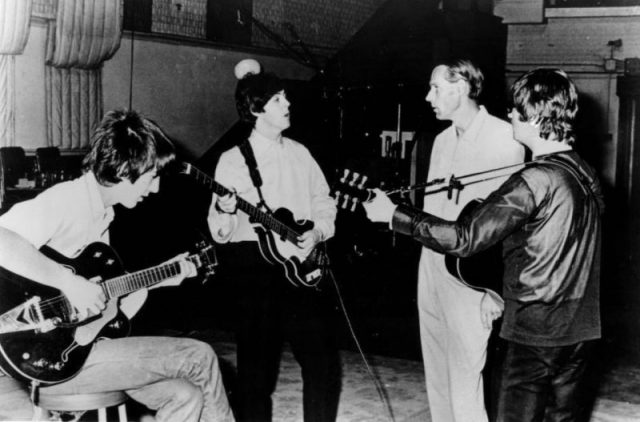
Now it was time to take their music one step further, and during the 1960s it apparently meant consuming a more powerful drug. What would result from this experiment was something that changed music history forever ― the Beatles’ seventh studio album, titled Revolver.
However, the band wasn’t exactly unanimous in this decision. Ringo Starr agreed to partake, but Paul McCartney considered LSD too much of an influence:
“It alters your life and you never think the same again. John was rather excited by that prospect. I was rather frightened by that prospect. . . never get back home again. I was seen to sort of stall. . . because there was a lot of peer pressure.”

Without McCartney aboard the Yellow Submarine, the band felt incomplete. It wasn’t until later on that the Beatles bass player and vocalist would try LSD, but even without experiencing it first hand, he quickly came to realize that transferring the effects of acid into music was an experiment worth making.
McCartney was at the time the only Beatle who wasn’t married and living in the suburbs. He was an important part of London nightlife and the underground art scene, with his ear constantly on the ground, listening for what might be the next big thing.
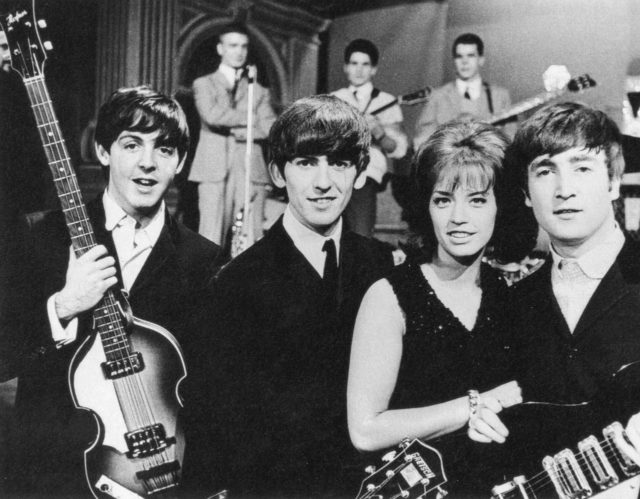
Therefore, the band’s fusion of newly-induced ideas such as Indian and Tibetan religious philosophies with McCartney’s influence by experimental composers of the likes of Karlheinz Stockhausen, Luciano Berio, and Edgard Varèse was bound to bring up surprising results and new techniques of recording once the group hit the studio at Abbey Road.
George Martin, who was the band’s regular collaborator and the legendary producer behind Revolver was this time tasked with a slightly different approach. At one point, Lennon told Martin that he needed a sound of “thousands of monks chanting” for the album’s final track, “Tomorrow Never Knows”.
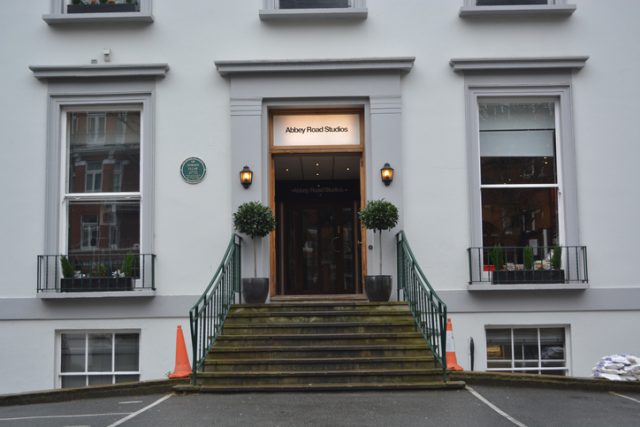
Of course, even for the almighty Beatles, the summoning of one thousand monks was out of the question, but the producer together with McCartney came up with a compromise that sounded even better. The track features Lennon’s vocals which were amplified through a rotating speaker, achieving a never-before-heard chilling effect.
A number of other musical experiments were conducted on the record, and a number of them were refused as everyone agreed that they were just too crazy. For example, Lennon proposed at one point that he should sing while hanging from the ceiling of the studio.
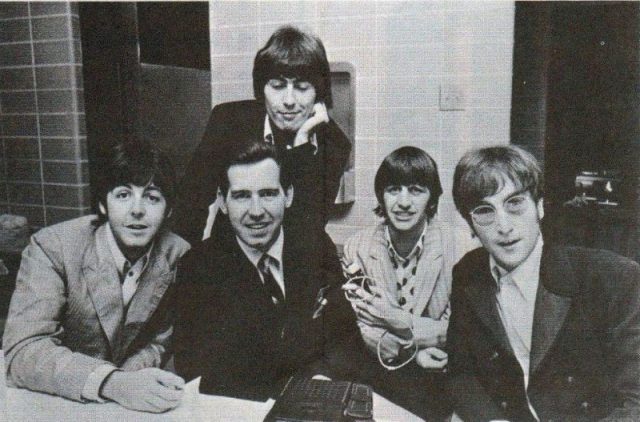
Needless to say, not all of Lennon’s ideas made it into the final cut, but still, this was one of the most radical albums in terms of recording of its time.
Harrison, on the other hand, added the mystical Indian vibe, by introducing traditional Indian instruments such as the tamboura and sitar into the recordings, creating an other-worldly experience they had strived for.
McCartney, who was more interested in the technical aspect of the process, was inspired by Stockhausen’s experiments with early electronic music. One day he brought along a number of tape loops which he had prepared the night before. The loops included sounds of guitar tuning and various shrieks and unnerving sounds of unknown origin.
The loops were then played forward and backward, eventually resulting in the rather unique soundscape that is the Revolver.
Read another story from us: Michael Jackson and Paul McCartney’s Feud Over Beatles Song Rights
A new chapter in music was opened, making way to bands such as The Grateful Dead, Jefferson Airplane, Quicksilver Messenger Service, the Doors, and Pink Floyd ― all of whom owe so much to the Beatles, who set the bar for making what was by then called Psychedelic music. Strangely enough, like many stories regarding historical moments, it all started around a dinner table.
